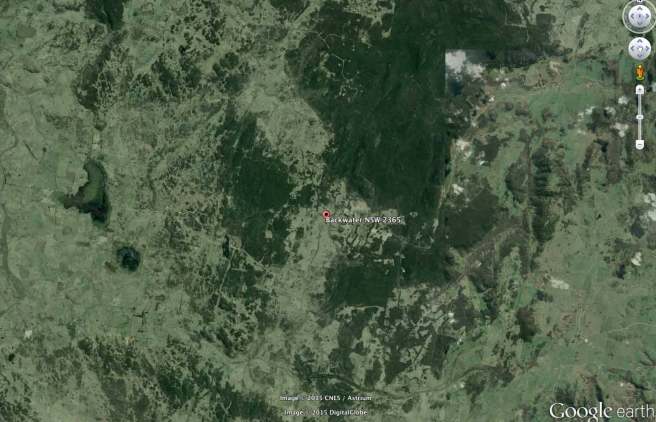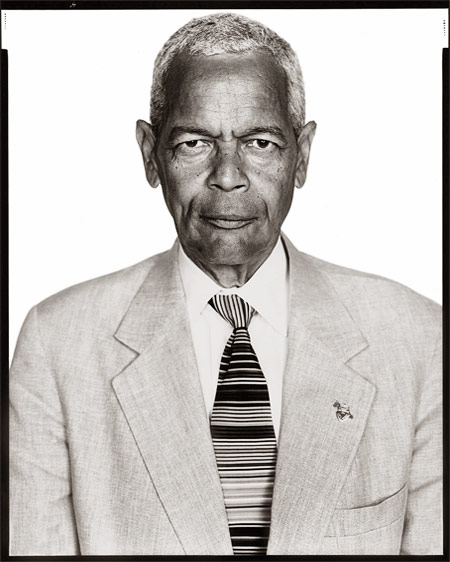
Verso of cabinet portrait
This beautiful piece of Victorian lettering is the back of a 19th century portrait photograph, a cabinet card. This format was popular from the 1860s as a larger version of the tiny carte-de-visite, measuring 108 x 165 mm (4¼ x 6½ inches). Called cabinet cards because they were big enough to be displayed in glass cabinets, they were popular until about 1900 when Kodak amateur photography took over.
Cabinet cards and cartes-de-visite were usually albumen prints glued onto printed cards that advertised the studio. They were sturdy and portable, and millions, probably tens of millions, were made. all over the world. There were so many of them that even now, over a century later, they can be bought for as little as 10 dollars.
The lettering announces the photographer as S. Solomon of the Adelaide School of Photography. The website Trove discovers him as “portrait painter, professional photographer, businessman, civic leader and politician born in Knightsbridge in 1836.” He was the son of a well known dealer in photographic apparatus, Joseph Solomon, so photography and business ran in the family.
Saul Solomon migrated to Australia in 1852 at the height of the goldrush, he was in that wave of opportunists chasing money in the colony of Victoria. From 1857 to 1862 he had a studio in Main Road, Ballarat, advertising portraits with the new collodion process. A complete photograph in a presentation case cost 5 shillings or more, over a day’s pay for a worker.
Solomon continued to be active in Ballarat until 1874, working in partnership with a Mr. Bardwell, and based in Sturt Street. The firm Solomon and Bardwell was also active in the towns of Maryborough and Dunolly. The colony had worked out for him.
But why the Adelaide address on my card? From 1874 to 1891 he was operating as the Adelaide School of Photography in Rundle Street, Adelaide. This company name attests to the widespread popularity of photography in the late 19th century and the desire to learn how to do it. Solomon has previously advertised both his commercial portraiture and classes he offered. This grand new name suggests that one side of his business had expanded. That’s exactly how Photography Studies College in Melbourne started out in the 1970s, from a photography studio by day, to a photography school at night.
But all this history ignores the reason for the card, the portrait of the man on the front. We know who photographed him from the elaborate lettering, but no name gives the identity of the sitter himself. It can never been known, the thread of family connections is broken. Whoever he was, whatever life he led, this handsome Victorian swain is now lost to history.

.























